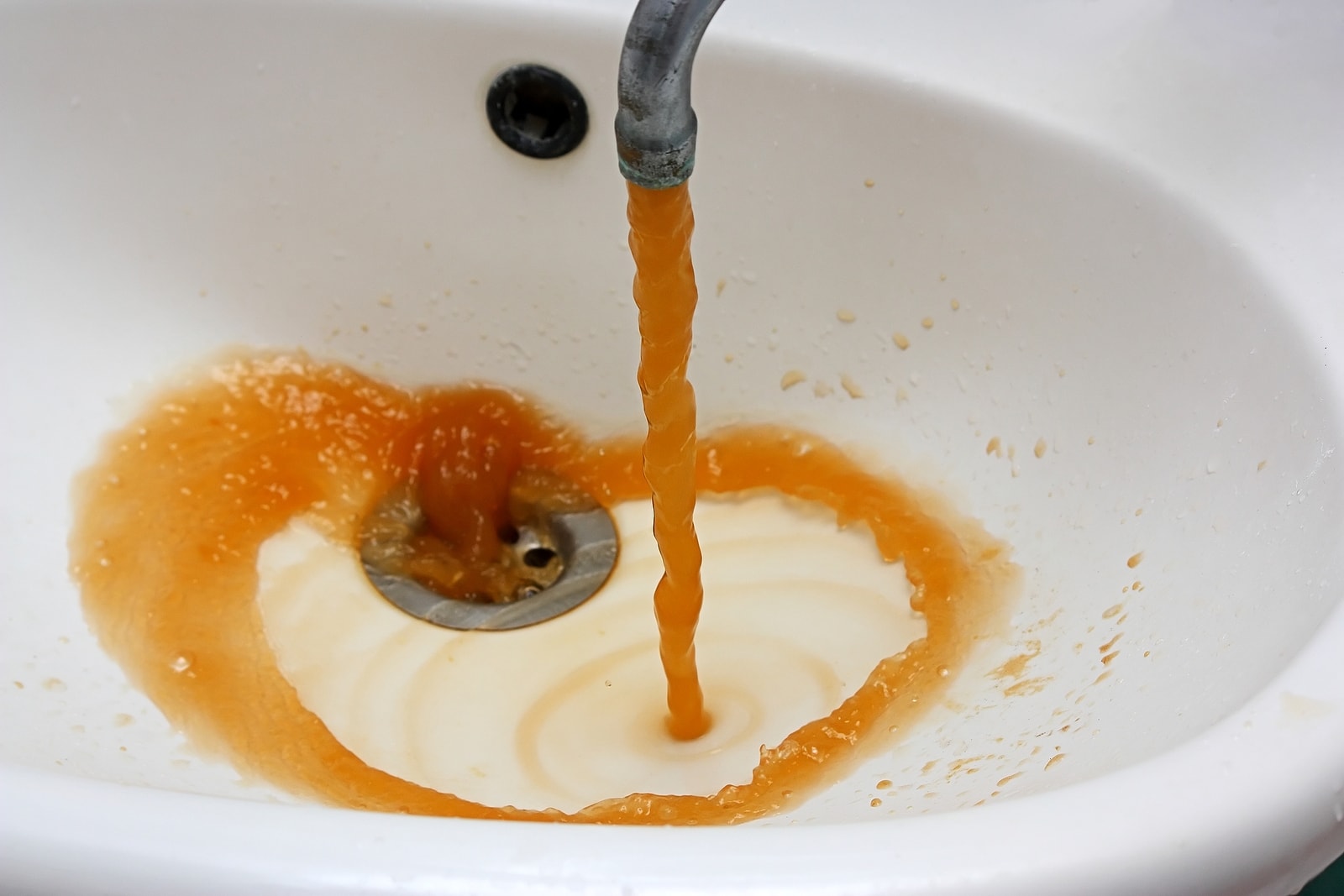Oxidize Tannins from Water with Ozone

Tannin is dissolved organic material. Tannins can be found in water, especially surface water and shallow well water.
When water passes through decaying organic matter, such as leaves, bark, and roots, tannins can leach into the water. This is why water from lakes, rivers, and streams may have a yellow or brown color and a slightly bitter taste. Tannins can also be found in groundwater, but they are less common in deep wells.
While tannins are not harmful to human health, they can make water unpleasant to drink. Tannins can also stain clothes and fixtures, and they can interfere with the effectiveness of water softeners.
Effects of Tannins in Water
Tannins can have the following effects on water:
- Color: Tannins give water a yellow or brown color. The darker the color of the water, the higher the tannin content.
- Taste: Tannins can give water a slightly bitter taste.
- Odor: Tannins can give water a musty or earthy odor.
- Staining: Tannins can stain clothes, fixtures, and other surfaces.
- Water softener interference: Tannins can interfere with the effectiveness of water softeners.
Removing Tannins from Water
There are a number of ways to remove tannins from water, including:
- Activated carbon filters: Activated carbon filters are very effective at removing tannins from water.
- Tannin softeners: Tannin softeners are specially designed to remove tannins from water. They work by exchanging tannin ions for other ions, such as sodium ions.
- Reverse osmosis systems: Reverse osmosis systems are also very effective at removing tannins from water. They work by forcing water through a semi-permeable membrane that traps tannins and other impurities.
Ozone is a powerful oxidizer that can be used to eliminate tannins from water. It works by breaking down the tannins into smaller, more easily removable molecules. Ozone is also effective at killing bacteria and other microorganisms, making it a valuable water treatment tool.
To use ozone to eliminate tannins from water, a generator is used to produce ozone gas. The ozone gas is then bubbled through the water, where it reacts with the tannins and breaks them down. The ozonated water is then passed through a filter to remove the remaining tannins and any other impurities.
Ozone treatment is a very effective way to remove tannins from water, but it is important to note that it can also produce harmful byproducts, such as bromate. Therefore, it is important to use an ozone treatment system that is properly designed and operated.
Here are some of the benefits of using ozone to eliminate tannins from water:
- Ozone is a very effective oxidizer, meaning it can break down tannins into smaller, more easily removable molecules.
- Ozone is also effective at killing bacteria and other microorganisms, making it a valuable water treatment tool.
- Ozone treatment is a relatively simple and straightforward process.
- Ozone is a relatively environmentally friendly treatment option, as it does not leave behind any harmful residues.
However, there are also some potential drawbacks to using ozone to eliminate tannins from water:
- Ozone is a highly reactive gas, so it is important to handle it with care.
- Ozone can produce harmful byproducts, such as bromate, if it is not used properly.
- Ozone treatment systems can be expensive to purchase and maintain.
Overall, ozone is a very effective way to eliminate tannins from water, but it is important to weigh the benefits and drawbacks before deciding whether it is the right treatment option for you.
If you are considering using ozone to eliminate tannins from your water, it is important to consult with a qualified water treatment professional. They can help you determine the best way to implement ozone treatment for your specific needs and budget.













